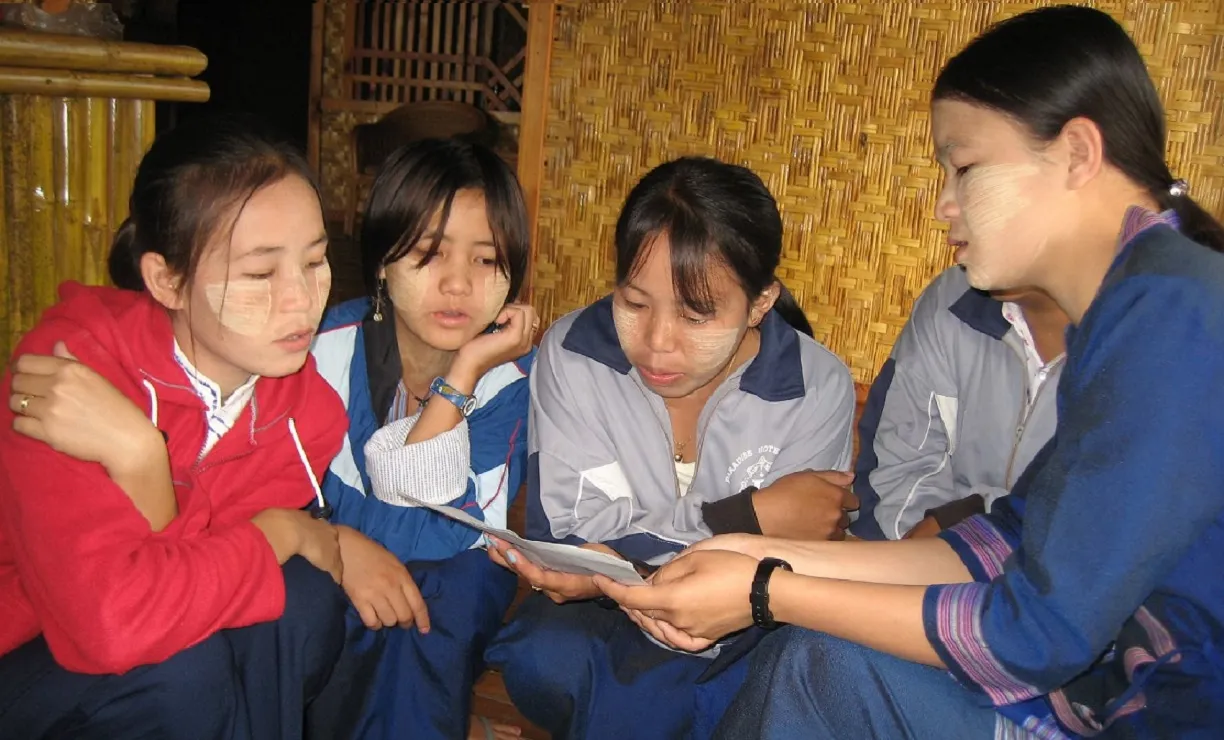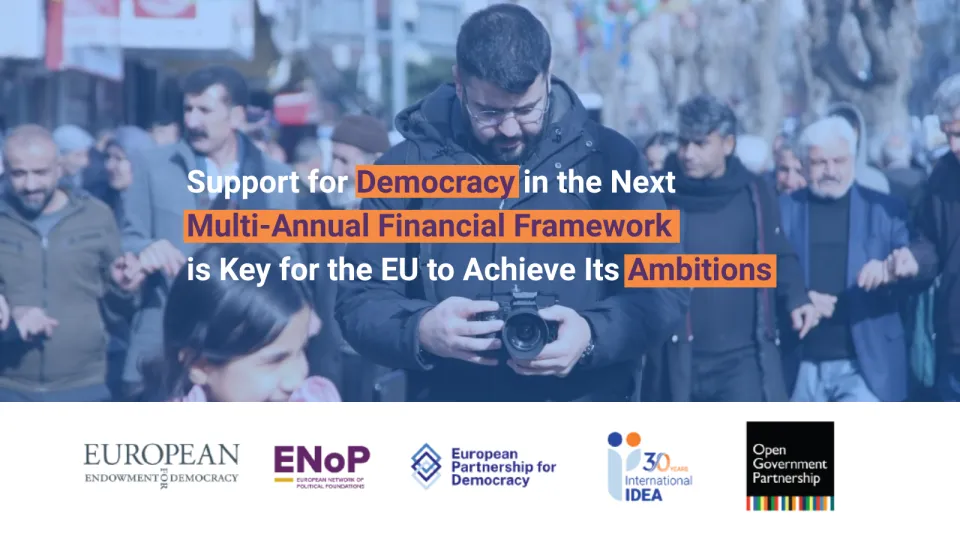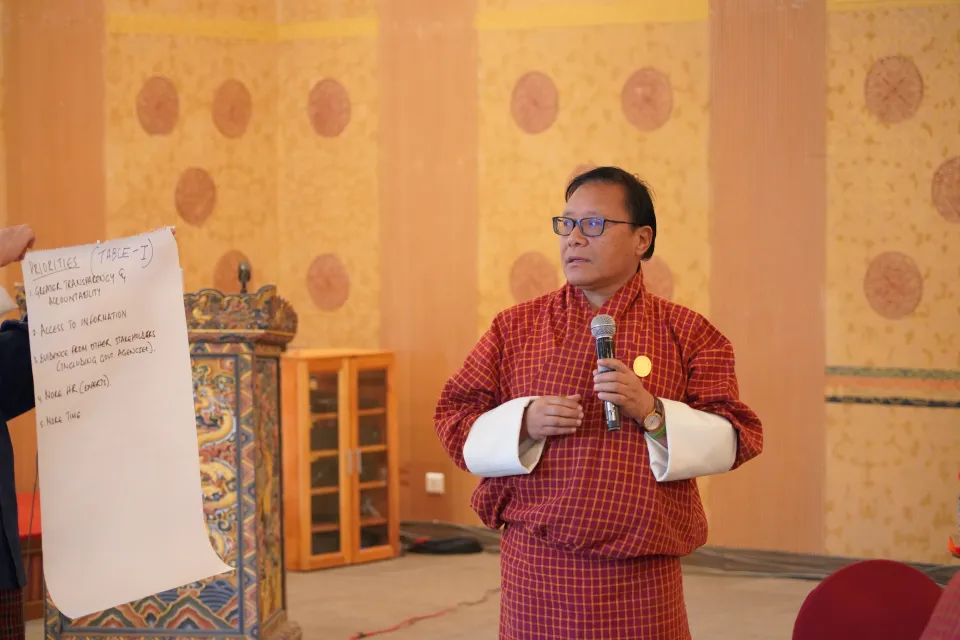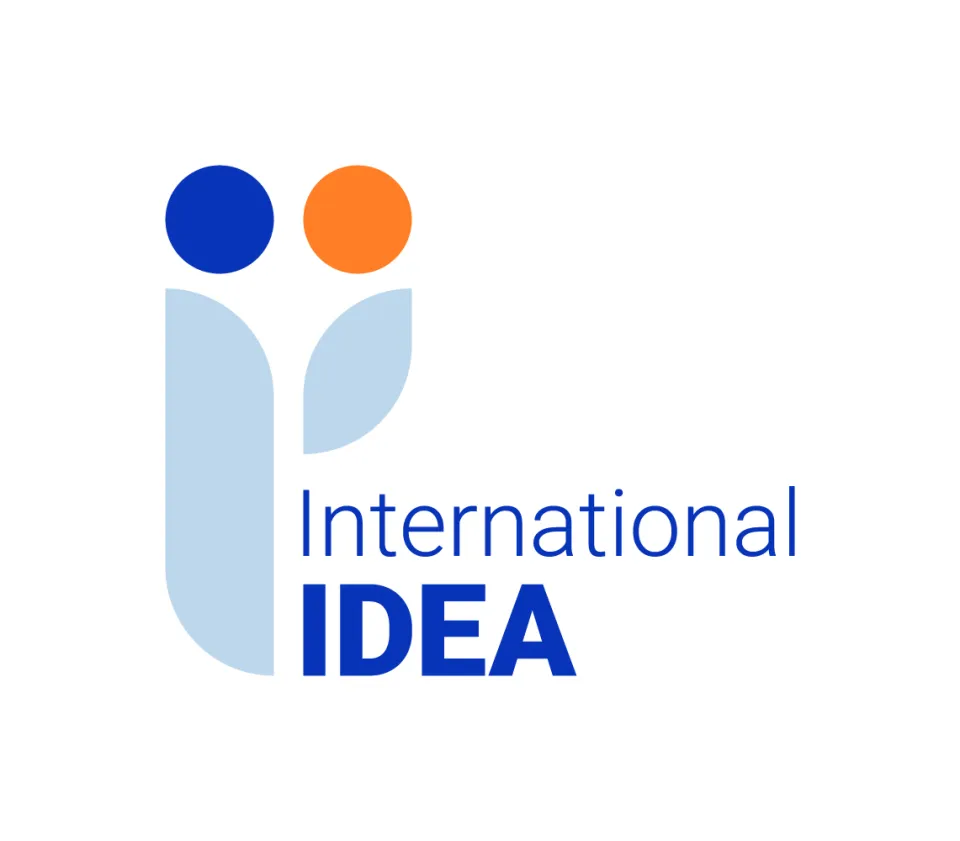Myanmar budget can have effect on gender equality

Disclaimer: Views expressed in this commentary are those of the staff member. This commentary is independent of specific national or political interests. Views expressed do not necessarily represent the institutional position of International IDEA, its Board of Advisers or its Council of Member States.
Sunday March 8 will mark International Women's Day. Around the world, millions of men and women will commemorate this day with ceremonies and festivities to celebrate the past achievements of women. The Day also serves as an occasion to think of ways to further promote gender equality. Gender equality matters in Myanmar more than ever because it is difficult to continue progress towards the national vision of a prosperous, inclusive, and democratic society without tackling the deep-rooted problem of gender inequality.
As Myanmar’s government points out in the Myanmar Sustainable Development Plan for 2018-2030, the multi-faceted nature of gender inequality requires a range of coherent, coordinated efforts and interventions at different levels. One underutilized but potentially important tool to accelerate progress towards gender parity in Myanmar is gender responsive budgeting. Gender responsive budgeting means different things to different people. However, the basic premise of gender responsive budgeting is that how government allocates and executes public expenditure has different impacts on men and women. Put simply, gender responsive budgeting is the integration of a gender considerations into the key stages of the budget cycle, including formulation, approval, execution, and control and audit.
If practiced well, gender responsive budgeting means more equitable opportunities for men and women. This might mean, for example, more daycare centers, vocational training for women, substantial benefits for working mothers, etc. Thus, gender responsive budgeting has the potential of empowering women, increasing women’s participation in decision making, and ultimately advancing inclusive economic growth and development.
To implement gender responsive budgeting, legislatures will need to scrutinize to what extent gender considerations are taken into account in the proposed budget prior to approval. During the execution stage, the government would implement programs, account for expenditure, and keep track of expenditure impact on gender issues. Finally, during the last stage of the budget cycle, the supreme audit institution can conduct a performance audit with a special focus on gender-related government expenditures.
The way in which gender responsive budgeting is practiced varies among ASEAN countries. Some countries are considered to be at more advanced stages of gender responsive budgeting where large-scale practice became gradually institutionalized over decades. It’s important to remember that there is no one best way to practice gender responsive budgeting. A best practice in one context does not always lead to a best solution in another context. Thus, what’s necessary is to tailor and find an approach that works best (“best fit”) in the specific context of Myanmar rather than to import best practices in other places as they are. This is the goal of “SHWEBO” (Support Hluttaw Work on Effective Budget Oversight), a multi-year project to strengthen legislative oversight in the national budget cycle, funded by the European Union and the UK’s Department for International Development.
The coordinated effort in gender responsive budgeting has several prerequisites. First, it is critically important to ensure that government officials and legislatures who are involved in the budget process develop basic knowledge and skills competencies. However, the development of basic competencies is essential but not sufficient to institutionalize gender responsive budgeting. If we want to make gender responsive budgeting stick, we must be aware of how our behavior is influenced by unconscious cognitive biases and social norms surrounding the ideas of gender equality, women’s empowerment, and gender responsive budgeting.
In the end, the long-term effort to institutionalize gender responsive budgeting itself requires to change public beliefs, attitudes, and behavior towards gender equality and women’s empowerment. Gender responsive budgeting is not a panacea. However, the introduction of a small scale change in the budget cycle can be the first step to eventually make a big difference in gender equality and women’s empowerment in Myanmar.




